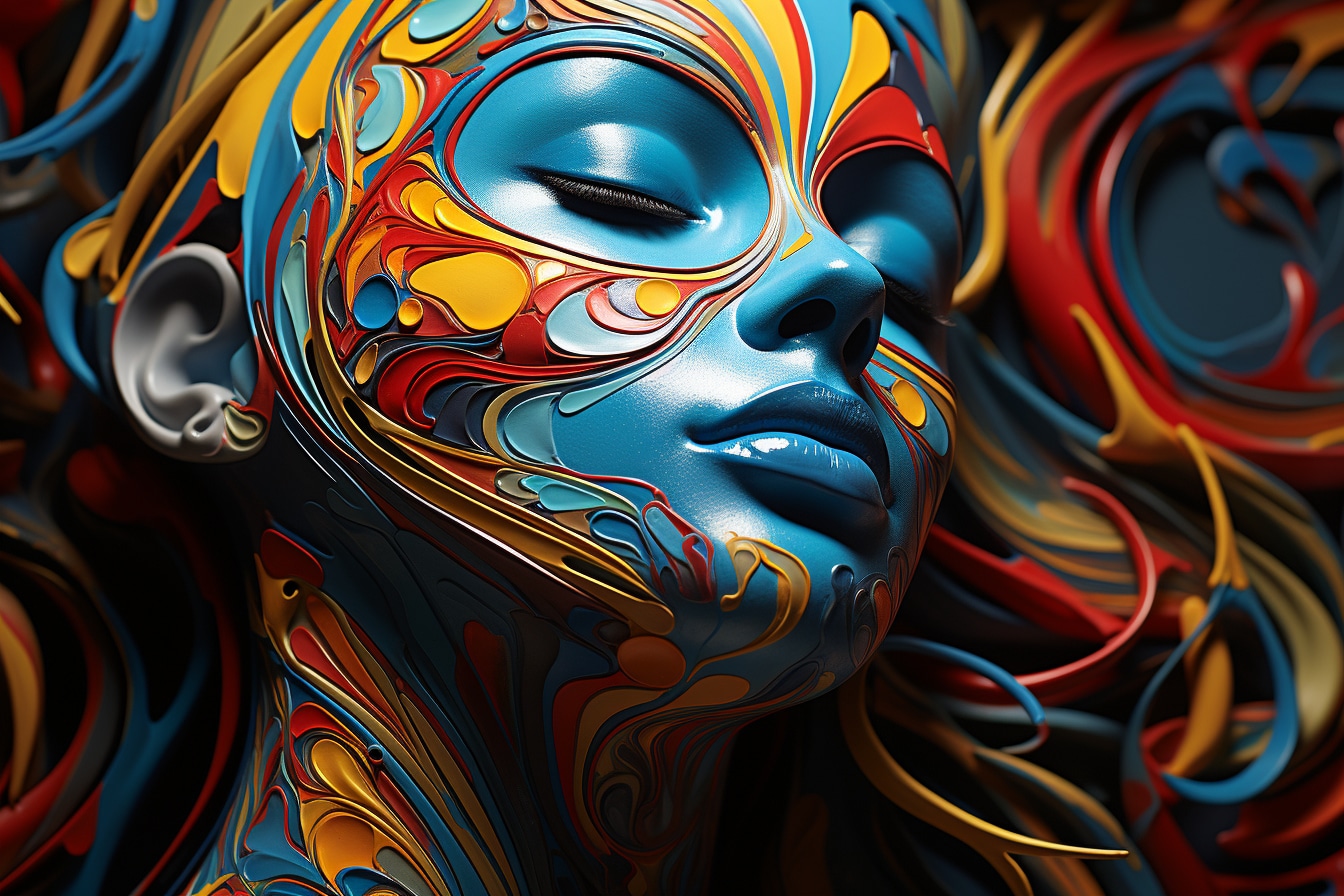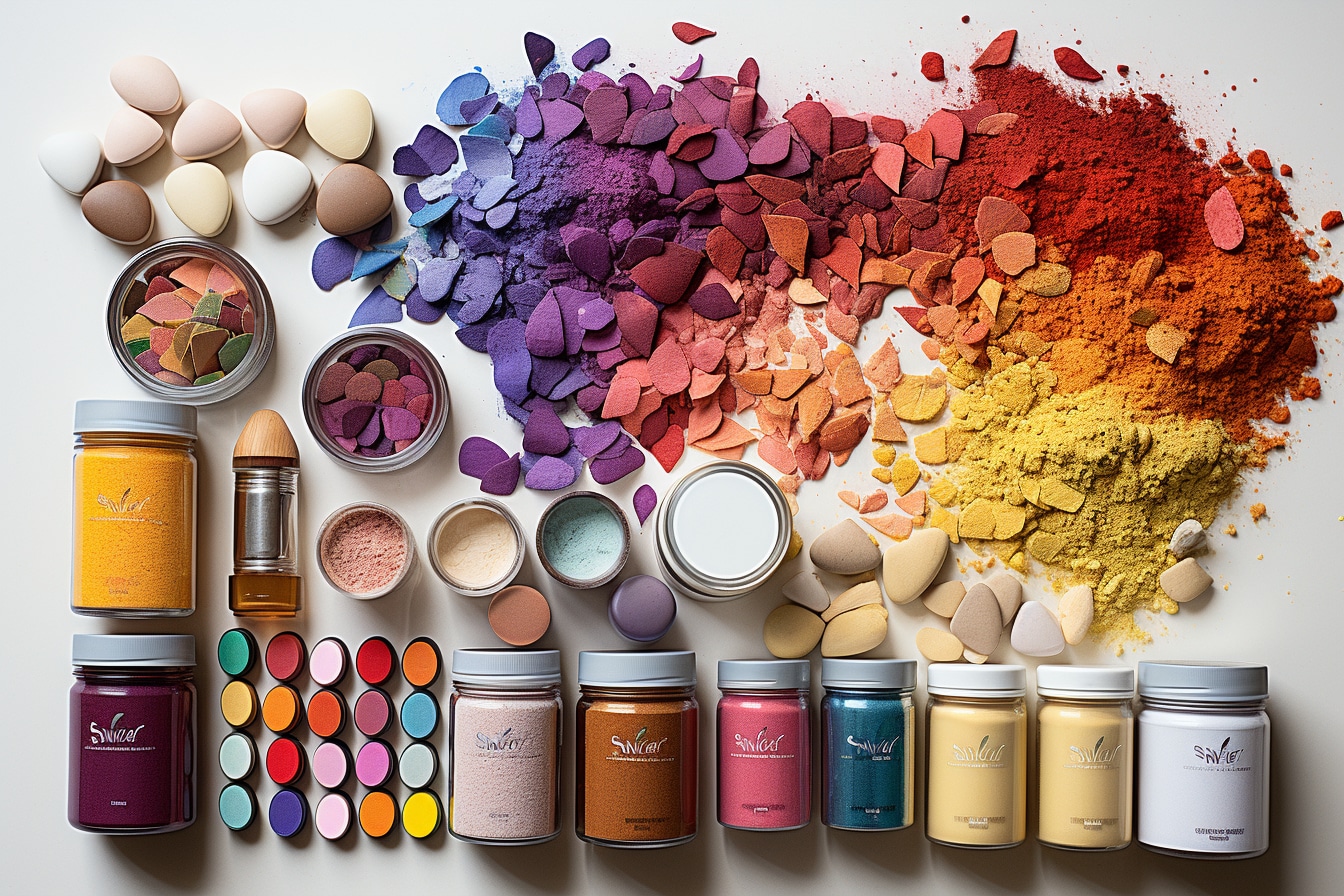The impact of artificial intelligence on digital art
These days, artificial intelligence (AI) is constantly evolving and transforming our daily lives in a variety of fields. One of these areas is undoubtedly digital art. Indeed, artists and designers are increasingly using software to bring their work to life, blending their own know-how with the possibilities offered by AI. In this article, we’ll look at the different ways in which AI is transforming digital art, and how this is influencing artists’ work.
Intelligent software at the service of artistic creation
Artists now have access to powerful tools that incorporate features based on artificial intelligence. These software programs can perform complex tasks and work on precise aspects of creation, such as lighting effects, textures or even colors. Generally speaking, these tools greatly facilitate the work of artists by offering them technical and creative assistance, while enabling them to concentrate more on the conceptual aspect of their works.
Digital painting and AI
Among the fields of digital art, digital painting is one of the disciplines that benefits most from the contribution of AI. Indeed, digital painting software offers a wide range of options for creating works of art. Thanks to AI, these tools are capable of analyzing the styles and techniques of the great masters of painting and then reproducing them with great precision. In this way, artists can draw inspiration from these references to create their own works, while adding their own personal touch.
Automatic image generation
One of the most striking aspects of the use of artificial intelligence in digital art is the ability of software to automatically generate images. Based on complex algorithms, these programs can produce unique and original visuals from a series of user-defined criteria. This feature saves artists time and gives them access to an almost infinite number of options for realizing their creations.
The role of neural networks in artistic creation
Beyond conventional software, neural networks represent a major advance in the field of AI applied to digital art. Neural networks are algorithms that mimic the workings of the human brain and are capable of learning autonomously. They have enabled the development of innovative and surprising artistic projects that question the boundaries between art and technology.
A striking example of the use of neural networks in digital art is the DeepArt project, which involves transferring the style of one work of art to another image. To achieve this, a neural network analyzes the stylistic characteristics of the reference work (colors, shapes, textures) and then applies them to the desired image. The result is an astonishing fusion between the two images, in which the original artist’s style is retained, while the visual elements of the base image are preserved.
The impact of AI on artists and their work
Although artificial intelligence can be perceived as a threat to some artists, who fear that their skills will be replaced by machines, it is undeniable that AI offers unprecedented opportunities for artistic creation. The role of artists in this context is to appropriate these new tools to develop their own visual language and express their creativity.
The collaboration between AI and artists
More than just a technical tool, artificial intelligence can be seen as a genuine creative partner for artists. Indeed, AI-based software is capable not only of assisting artists in the realization of their works, but also of proposing original ideas or concepts. In this way, the collaboration between AI and artists can give rise to innovative and unique projects, which push back the boundaries of digital art.
The changing skills required of artists
With the advent of artificial intelligence in digital art, the skills required for artists are also evolving. It is becoming necessary to master AI-related software and algorithms, in order to take full advantage of the possibilities offered by these technologies. What’s more, artists need to be able to understand the mechanisms underlying AI to better grasp its creative potential and make the most of its capabilities.
Conclusion
Whether it’s digital painting, automatic image generation or artistic projects based on neural networks, artificial intelligence is profoundly transforming the world of digital art. Artists have every interest in appropriating these new technologies to develop their own visual language and express their creativity in unprecedented ways.




